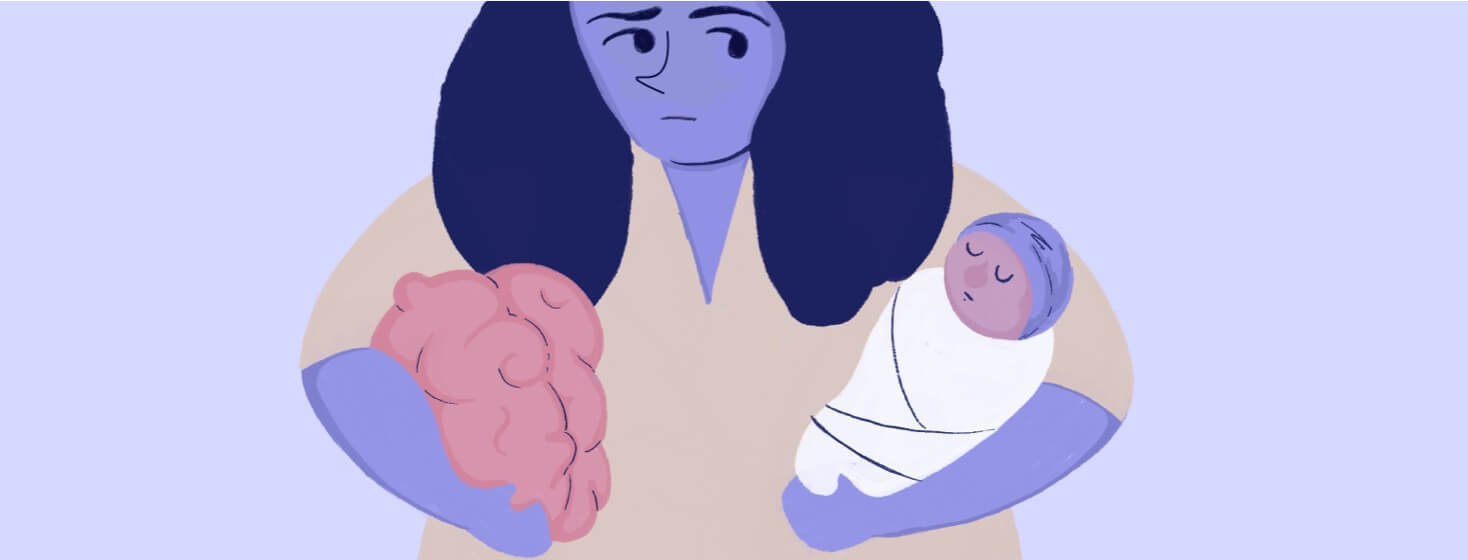What Is the Connection Between LGS and Infantile Spasms?
Infantile spasms (IS) and Lennox-Gastaut syndrome (LGS) are both seizure disorders that affect children. Researchers have found that 1 in every 3 children that live with IS will one day develop LGS. Experts hope that spreading awareness of this link will mean children with IS receive medical treatment earlier. And earlier treatment may prevent IS from progressing to LGS.1
What are infantile spasms (IS)?
IS, also known as West syndrome, is a type of epilepsy that affects infants. The signs of IS can be very subtle and even thought to be other conditions like colic. The spasms look like sudden stiffening of muscles in the body. This may include all of the muscles or may only affect one body part. They often happen as a baby is waking up and only last for a second or 2.2
IS is often caused by damage to the brain, such as after an infection or low oxygen to the brain. IS is a serious condition: It can lead to delays in when a child hits certain milestones in their development. It can also lead to intellectual disabilities later in life. These are disabilities in thinking that affect daily life.2-4
Early diagnosis allows babies to be treated earlier, preventing seizures and allowing the child to grow and develop normally. Early treatment may also help slow or prevent progression to LGS.2
What is Lennox-Gastaut syndrome (LGS)?
LGS is a severe form of epilepsy that can develop in childhood. Those living with LGS can experience many forms of seizures. Unfortunately, they also often experience developmental delays. LGS can affect thinking (cognitive) function and cause behavioral problems in children.5
It can also be difficult to treat as it does not always respond to the usual anti-seizure drugs. LGS may be more severe in those children who first experienced IS.5
Who develops LGS after IS?
A 2021 study looked at children living with LGS over 6 years. The study found 3 factors that increased a child's risk of developing LGS. These included:6
- Developmental delay/missing childhood milestones before IS began
- History of seizures that started before IS
- Poor response to anti-seizure treatment
This research also suggests that the sooner a child receives treatment, the less likely they are to have developmental delays.6
How are IS and LGS related?
IS and LGS are some of the most serious childhood epilepsies that researchers know of. IS in particular can develop into multiple types of epilepsy if not well-managed, not only LGS.7
What is unique about IS and LGS is that the seizures themselves can cause brain damage. Children who have seizures before being diagnosed with IS or have delayed treatment of IS have poorer outcomes. This may mean that IS damages the brain, increasing a child's likelihood of developing LGS. However, much more research needs to be done to understand this link.7
IS is rare and can be confused with other disorders. If you are concerned that your child may be experiencing seizures or if your child experiences sudden muscle stiffness/jerks, reach out to your child's doctor. It may be helpful to bring a video of your child's symptoms.

Join the conversation